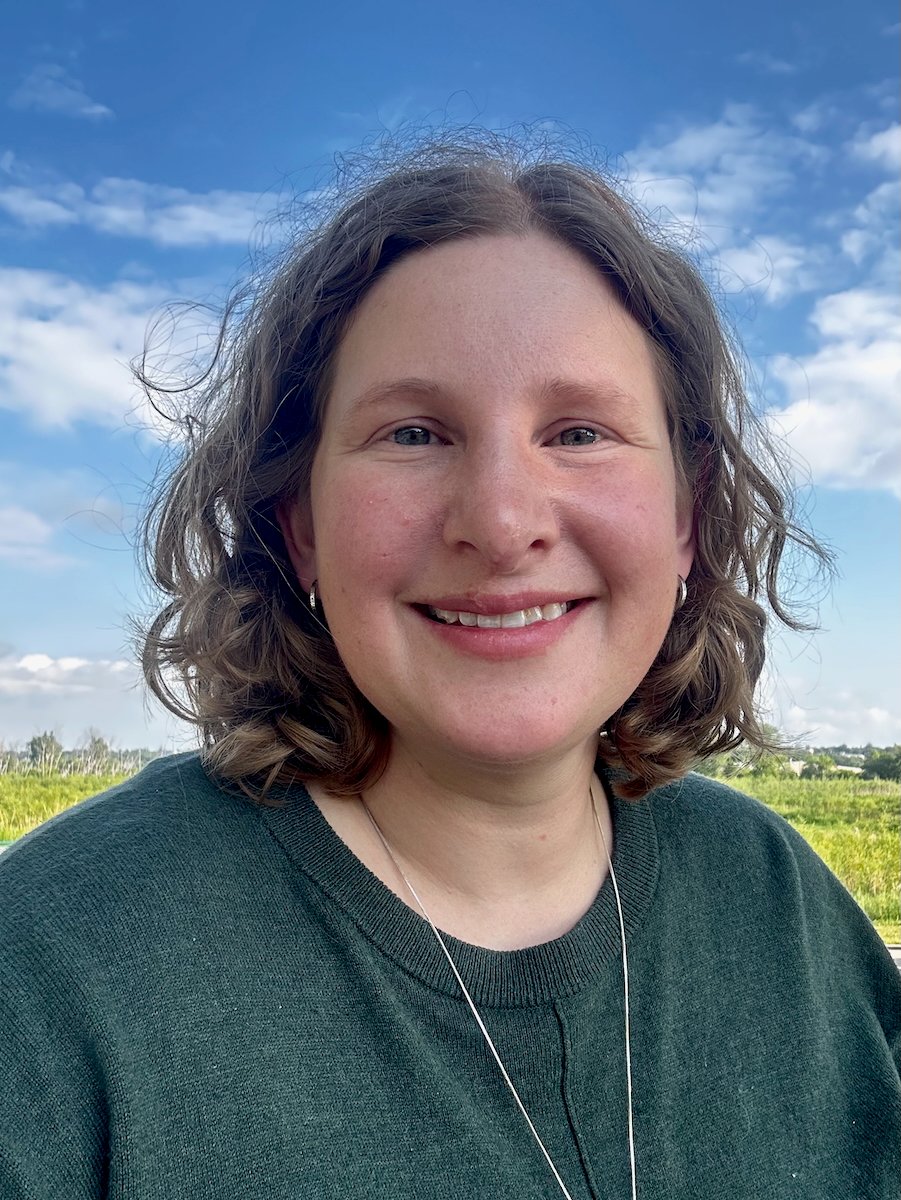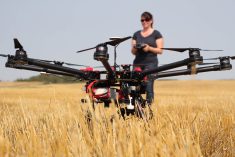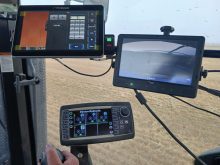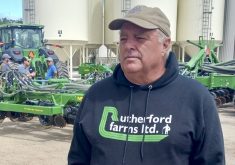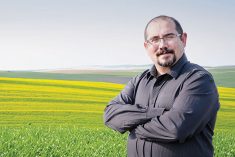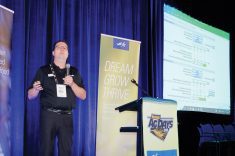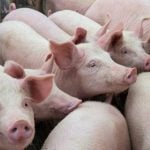It’s time for 4-H members to find their footing with geographic information systems (GIS) technology.
That’s according to an extension 4-H program based out of the University of Nebraska-Lincoln.
“Geospatial thinking is a necessity and, with the new equipment, the new things that are coming out, the more education and understanding that you have, the better it’s going to be,” said Kim Bearnes, an educator from Nebraska’s Stanton County.
GIS, including global positioning system use (GPS), was one example of science and technology presented at the second Global 4-H Summit in Ottawa, July 11-14.
Read Also
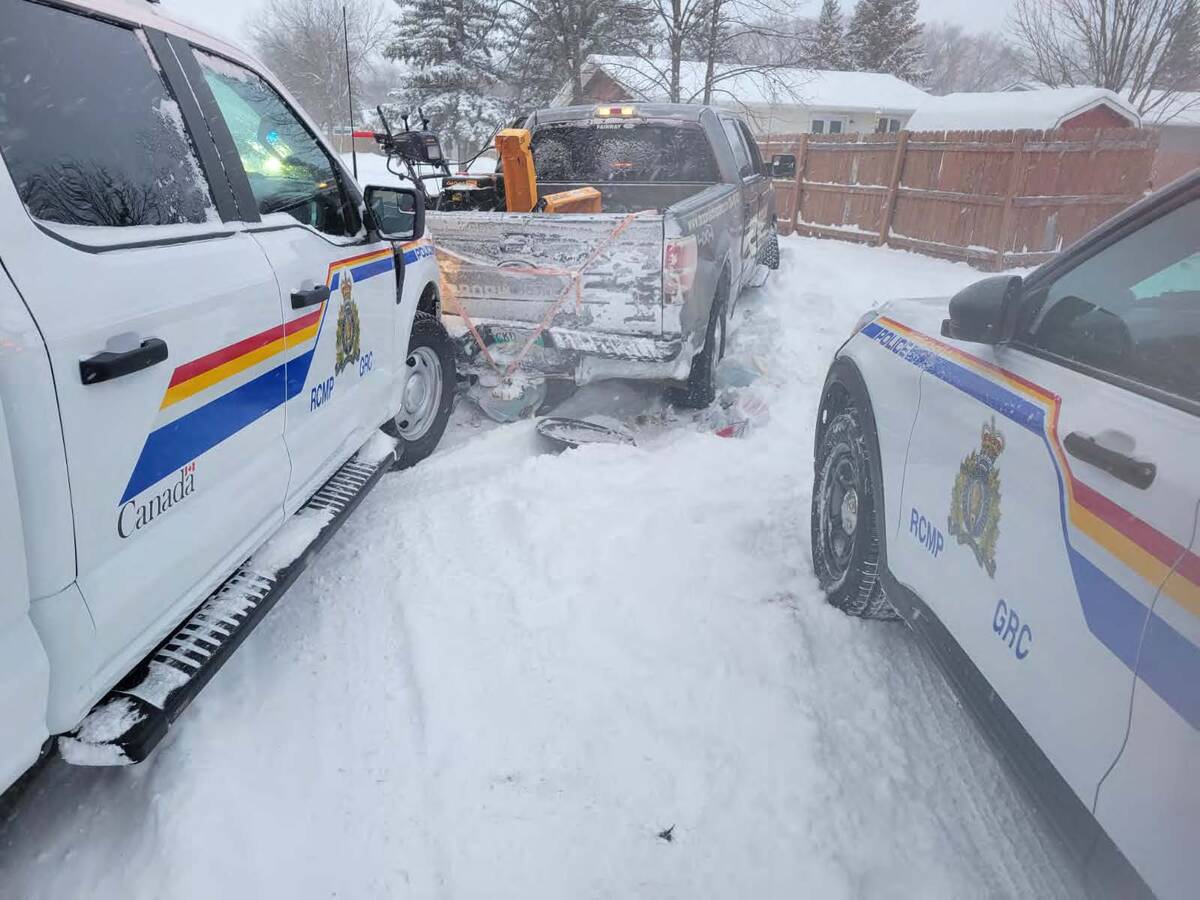
Protecting the farm from crime
From better lighting to cameras to reporting to police, here are some things farmers can do to reduce their crime risk.
Joining up with GIS Day, hosted internationally by the National Geographic Society, Association of American Geographers and GIS software company ESRI each November, the Nebraska 4-H extension has introduced Grade 5-6 students from Madison County to the technology for the last 10 years.
In that time, the workshop’s attendance has grown from 125 in 2007 to 489 participants last year.
Agricultural impact
GIS jobs, the basics of GPS and hurricane mapping are among the areas covered, but the integration of GIS with 4-H has implications on the farm.
GIS data is the basis for precision agriculture applications which can increase yields while protecting the environment through precise application of fertilizer and chemicals.
“We want our kids to understand why agriculture is important,” Bearnes said. “We also know that not all kids are going to be farmers… but they may have a career in agriculture that will enhance our sustainability of agriculture in Nebraska.”
The technology is largely new to many of the 4-H members introduced to it through their workshop, presenters added, although some farm-based participants are already familiar with GIS.
“Parents have farms that have tractors that have GPS units or they do precision agriculture with the technology and that’s really critical for children to learn, that these are already being used. This is not something that is a dream. This is something that’s huge,” Stanton County educator Lee Sherry said.
Water management
Surface water management is one of the GIS applications highlighted in the Nebraska extension program. Students are asked to design a dam along the Snake River in the U.S. Pacific Northwest, and to map the contours of the river and estimate the impact of their dam.
The resulting environmental evaluation will include affected animals and archeological features, effects on landscape, including natural wetlands and forests, the financial viability of the structure and the potential benefits of the dam to the surrounding area.
Nebraska GIS specialist Norman Small said the same GIS technology that allows farmers to plan seed rows and engineers to evaluate dams can also be used to map roadways, to facilitate geocaching, to plan city layouts, crime scene mapping or even to map out the brain for neurosurgery.
Glenn Gress, president of the Saskatchewan 4-H Council, said he sees significant benefit to introducing members to the technology, as their clubs are based largely in rural areas.
“GPS is one of our main factors in Saskatchewan,” Gress said. “We use it on all of our farm equipment — our seeding equipment, our haying equipment, our spraying equipment and also in our hunting and stuff, so GPS was really a big factor in this and I wanted just to learn more about (how) to take it to the next level.
“We’re always looking for new things and projects and I’m definitely going to take this back to the board and see if we can turn it into a project for Saskatchewan kids,” he added.

